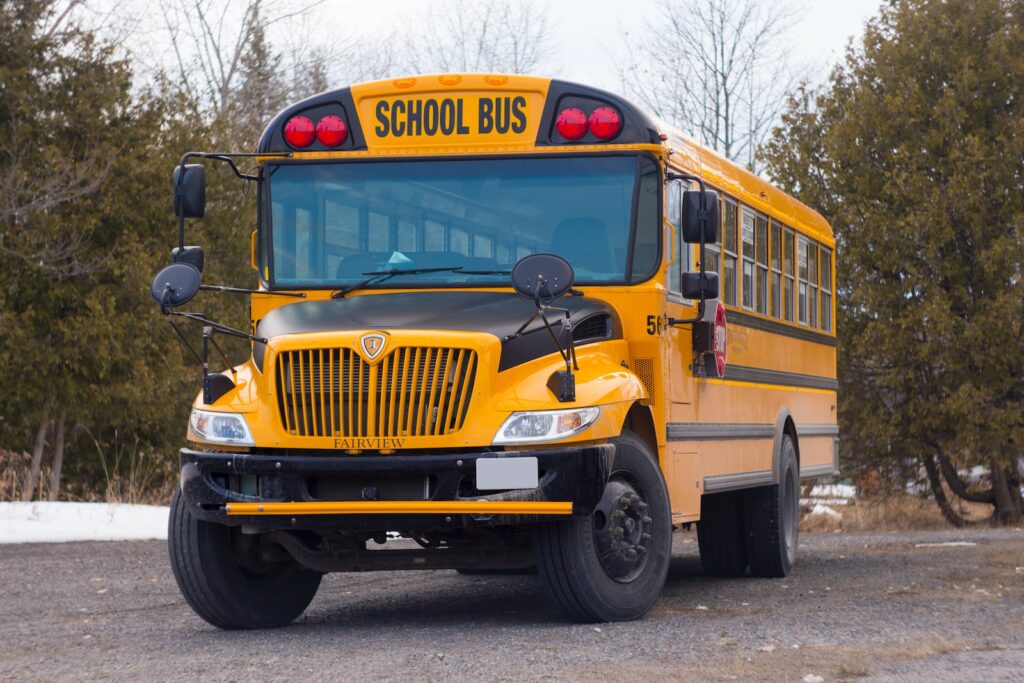Moving to a new country can be an exciting yet challenging experience, especially for families with children. The process of adapting to a new culture, language, and educational system can be daunting. However, when it comes to immigrant children attending American schools, there is a heartening trend of ease in adaptation and successful integration.
The United States is known for its diverse population, and American schools have been designed to embrace students from various cultural backgrounds. This inclusivity fosters a welcoming environment where immigrant children feel supported and encouraged to thrive.
One of the primary reasons for the ease of adaptation is the availability of English as a Second Language (ESL) programs in many schools. These programs are tailored to meet the needs of non-native English speakers and help them improve their language skills rapidly. With a supportive network of teachers and ESL specialists, children have a smooth transition into classrooms and can actively participate in learning activities.
Moreover, American schools emphasize multicultural education, promoting an understanding and appreciation of different cultures. This approach encourages immigrant children to share their cultural experiences, thus enriching the learning environment for everyone. The inclusion of diverse perspectives fosters a sense of belonging and acceptance among students.
Schools also recognize the significance of social and emotional development. Many institutions have counseling programs that offer emotional support to immigrant children, helping them navigate the challenges of adapting to a new environment. These resources ensure that children feel safe and cared for, which positively impacts their overall well-being.
The American educational system places great importance on individualized learning. Teachers are trained to understand and cater to the unique needs of each student. For immigrant children, this personalized approach enables them to receive additional support if necessary, ensuring that they remain on track academically.
Parental involvement is another crucial factor in facilitating the adaptation process. American schools encourage parents to actively participate in school activities and provide opportunities for them to engage with teachers and staff. This collaboration fosters a strong support system, allowing parents to stay informed about their child’s progress and provide valuable input.
In conclusion, the ease of adaptation for immigrant children in American schools can be attributed to several key factors: the availability of ESL programs, a multicultural educational approach, emphasis on social and emotional development, individualized learning, and strong parental involvement. By nurturing an environment of inclusivity and support, American schools create a pathway for immigrant children to thrive academically and socially, making their educational journey a successful and enriching experience.











